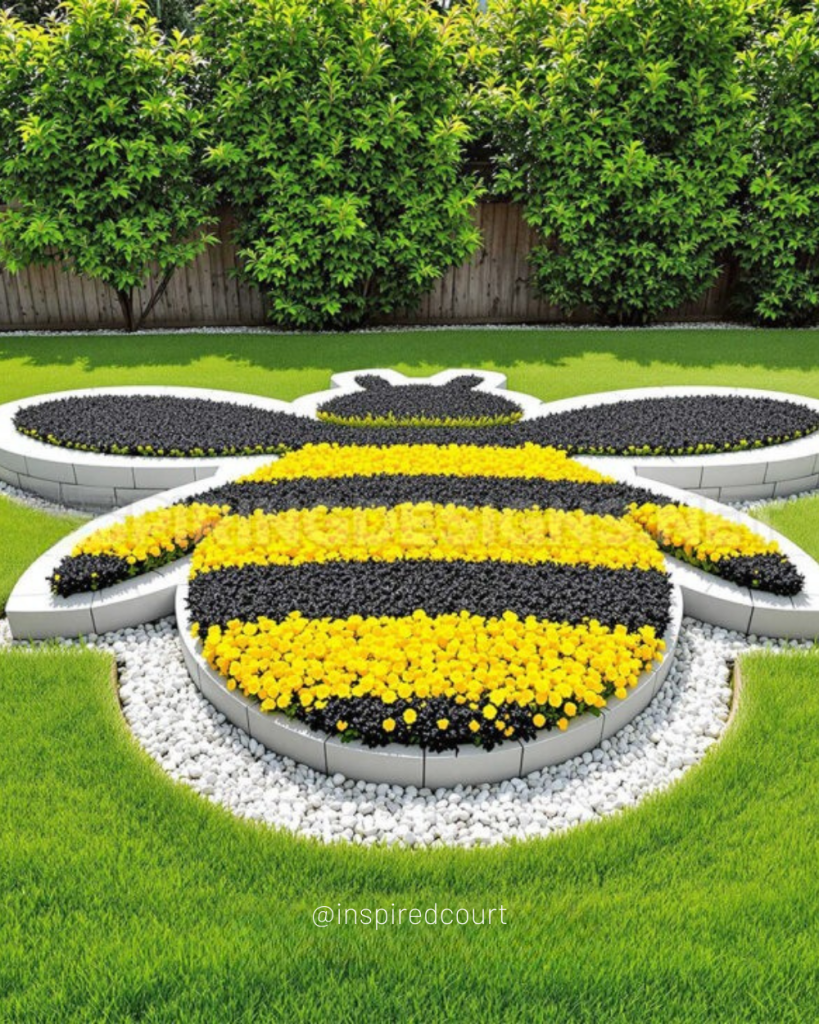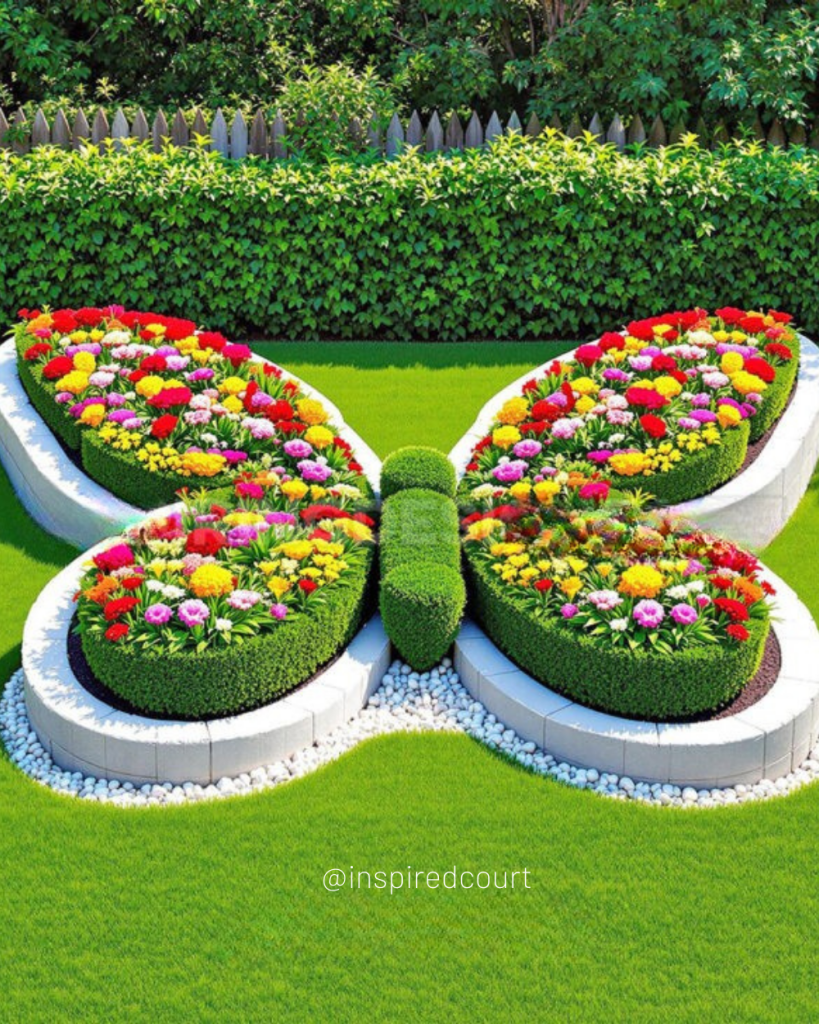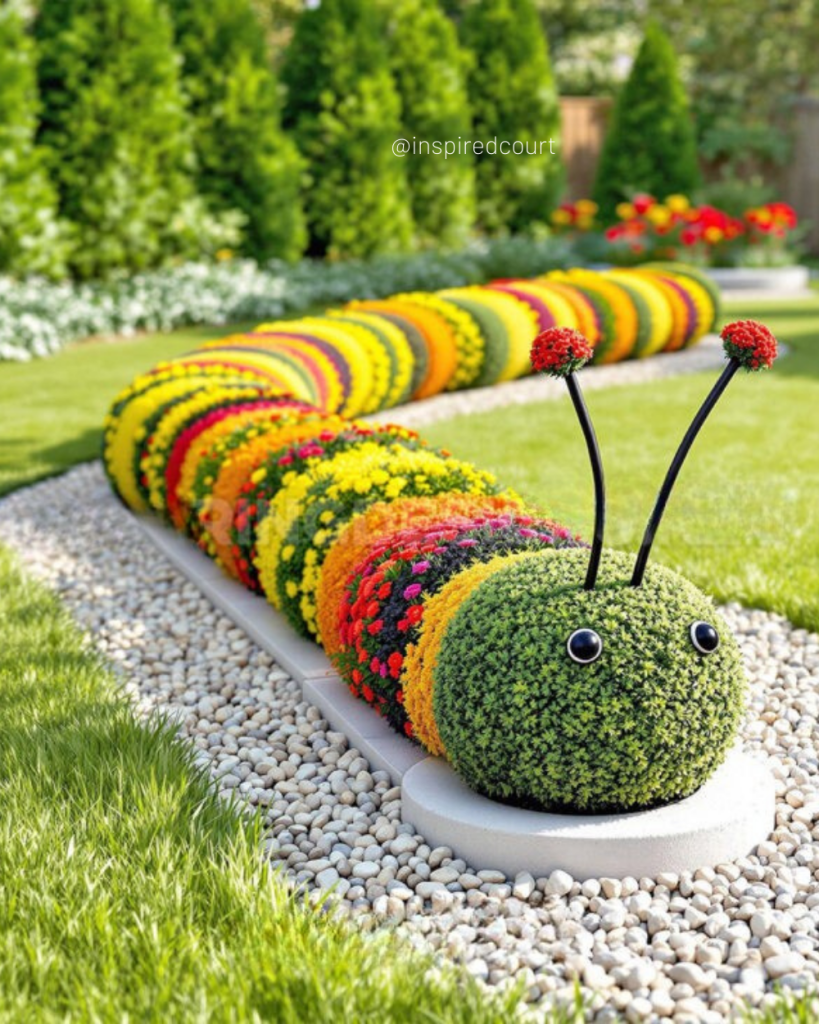In the realm of gardening, where creativity meets environmental stewardship, Insect Gardens are emerging as a captivating trend that celebrates the vital role of insects in our ecosystems. These specialized gardens are designed to attract and nurture beneficial insects like bees, butterflies, and ladybugs, transforming backyards, balconies, or community spaces into vibrant havens of biodiversity. Far from being mere decorative spaces, Insect Gardens blend aesthetic beauty with ecological purpose, offering a sanctuary for pollinators and a joyful connection to nature.

Whether you’re an avid gardener, an eco-conscious homeowner, or simply someone who delights in the flutter of wings, Insect Gardens provide a meaningful way to support the environment while enhancing your outdoor space. This article explores the charm of Insect Gardens, delving into their ecological significance, design principles, practical benefits, ideal settings, and the emotional resonance they inspire.
The Ecological Heart of Insect Gardens
At their core, Insect Gardens are rooted in a deep appreciation for the intricate roles insects play in our world. Pollinators like bees and butterflies are essential for food production, while predatory insects like lacewings and ladybugs naturally control pests. By creating a habitat tailored to these creatures, Insect Gardens foster biodiversity and support the health of local ecosystems.

These gardens are carefully planned to provide food, shelter, and breeding grounds for insects. Native plants, nectar-rich flowers, and water sources attract a diverse array of species, while pesticide-free practices ensure a safe environment. The result is a thriving microcosm where insects flourish, contributing to pollination, soil health, and the balance of nature, making Insect Gardens a powerful act of environmental advocacy.
Designing a Vibrant Insect Garden
Crafting an Insect Garden is an art that blends horticultural knowledge with creative vision. The foundation lies in selecting plants that cater to insects’ needs, such as milkweed for monarch butterflies, lavender for bees, or dill for swallowtail caterpillars. Native and pollinator-friendly species are prioritized, as they’re best suited to local climates and insect populations. Garden layouts often feature clustered plantings to create sheltered microclimates, with sunny spots for basking and shaded areas for rest.

Additional elements enhance the garden’s appeal. Small water features, like shallow dishes with pebbles, provide drinking spots, while log piles or stone crevices offer nesting sites. Some gardeners incorporate whimsical touches, such as insect hotels crafted from bamboo and twigs or decorative stakes shaped like dragonflies, adding charm without compromising functionality. This thoughtful design ensures Insect Gardens are both ecologically sound and visually enchanting.
Practical Benefits of Insect Gardens
Insect Gardens offer a host of benefits that extend beyond their ecological impact. By attracting pollinators, they boost the productivity of nearby fruit, vegetable, or flower gardens, leading to healthier plants and higher yields. Predatory insects reduce the need for chemical pesticides, promoting a safer, more sustainable approach to gardening. These gardens also require less water and maintenance than traditional lawns, saving time and resources.

For homeowners, Insect Gardens enhance outdoor spaces, creating a dynamic, ever-changing display of color and movement. They can increase property appeal, particularly for eco-conscious buyers, and serve as educational tools for families or communities, teaching the value of biodiversity. Additionally, the act of tending an Insect Garden fosters mindfulness, offering a calming, rewarding connection to the natural world.
Ideal Settings for Insect Gardens
Insect Gardens are remarkably versatile, thriving in a variety of environments. In suburban backyards, they transform unused corners or lawn spaces into buzzing ecosystems, complementing existing gardens or patios. Urban dwellers can create compact Insect Gardens on balconies or rooftops using containers filled with pollinator-friendly plants, proving that even small spaces can make a big impact.

Community spaces, such as schools, parks, or botanical gardens, are ideal for larger Insect Gardens, where they serve as educational hubs and gathering spots. Rural properties benefit from expansive designs that integrate with wildflower meadows or orchards, amplifying their ecological reach. Even commercial landscapes, like eco-friendly cafes or wellness centers, can use Insect Gardens to enhance ambiance and align with sustainable values, making them a flexible choice for any setting.
Emotional and Cultural Significance
Insect Gardens resonate deeply, tapping into a universal awe for nature’s smallest creatures. The sight of a butterfly sipping nectar or a beetle scurrying through foliage evokes wonder and curiosity, reminding us of the intricate beauty in the world around us. For many, these gardens are a source of joy and pride, offering a tangible way to contribute to environmental health and connect with the rhythms of nature.

Culturally, Insect Gardens reflect a growing movement toward sustainability and ecological awareness. They challenge conventional landscaping norms, prioritizing biodiversity over manicured perfection. On social media, gardeners share their creations, inspiring others to join the movement and fostering a sense of global community. This emotional and cultural depth transforms Insect Gardens into more than just green spaces—they’re symbols of hope, resilience, and a commitment to a healthier planet.
Conclusion: Nurturing Nature with Insect Gardens
Insect Gardens are a celebration of nature’s tiny heroes, blending ecological purpose with aesthetic delight. From their role in supporting pollinators to their thoughtful designs and practical benefits, these gardens offer a meaningful way to enhance outdoor spaces while making a positive environmental impact. Whether in a cozy backyard, a bustling community park, or a compact urban balcony, they invite us to slow down, observe, and connect with the natural world.
By cultivating an Insect Garden, you’re not just planting flowers—you’re sowing the seeds for a more vibrant, sustainable future. Embrace the magic of these buzzing havens and let Insect Gardens transform your space into a sanctuary where nature and creativity flourish together.




